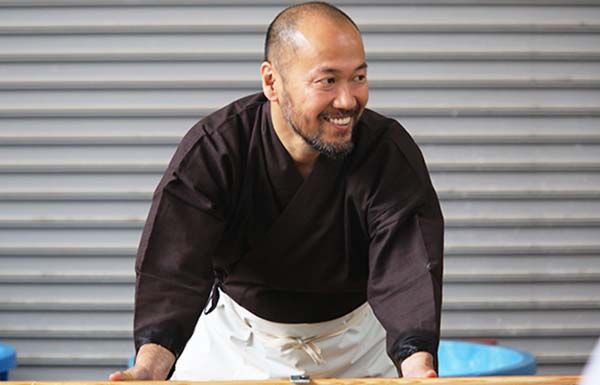Takehiko Inoue: A Master Mangaka’s Journey
Takehiko Inoue is a revered figure in the world of manga, known for his exceptional storytelling, compelling characters, and intricate artwork. His career spans several decades, during which he has created some of the most beloved and influential manga series. From his early beginnings to his most recent works, Inoue’s journey is a testament to his enduring passion and talent.
Early Life and Inspirations

Takehiko Inoue was born on January 12, 1967, in Ōkuchi, Kagoshima Prefecture, Japan. From a young age, Inoue was drawn to the world of art and storytelling. His interest in manga was sparked during his school years, influenced by iconic manga artists like Osamu Tezuka and Mitsuru Adachi. Inoue’s early works were marked by his desire to emulate the storytelling prowess and artistic excellence of his idols.
Career Beginnings
Inoue’s professional career began in the late 1980s. After graduating from high school, he moved to Tokyo, where he enrolled in Meiji University to study art. During his time at university, Inoue honed his skills and started to make connections in the manga industry. His big break came when he became an assistant to Tsukasa Hojo, the creator of the popular series “City Hunter.” Working under Hojo provided Inoue with invaluable experience and insights into the manga industry.
Breakthrough with “Slam Dunk”
In 1990, Takehiko Inoue launched “Slam Dunk,” a basketball-themed manga that would go on to become one of the most popular and influential sports manga of all time. Serialized in Shueisha’s Weekly Shōnen Jump, “Slam Dunk” follows the story of Hanamichi Sakuragi, a high school delinquent who joins his school’s basketball team in an attempt to impress a girl. Despite his initial lack of interest in the sport, Sakuragi discovers a deep passion for basketball and strives to become a great player.
“Slam Dunk” was a massive success, both commercially and critically. It sold over 120 million copies in Japan alone and was instrumental in popularizing basketball among Japanese youth. The series was praised for its realistic portrayal of the sport, well-developed characters, and Inoue’s dynamic and expressive artwork. “Slam Dunk” won several awards, including the Shogakukan Manga Award in 1994.
Diverse Projects and Evolution
Following the success of “Slam Dunk,” Inoue continued to explore different genres and themes in his work. In 1998, he began “Vagabond,” a historical manga based on Eiji Yoshikawa’s novel “Musashi,” which fictionalizes the life of the legendary swordsman Miyamoto Musashi. “Vagabond” is renowned for its detailed and realistic depiction of samurai culture, as well as its philosophical depth. Inoue’s exquisite artwork in “Vagabond” has been widely acclaimed, showcasing his ability to blend action with introspective storytelling.
In 1999, Inoue started another significant series, “Real,” which focuses on wheelchair basketball and the lives of people with disabilities. “Real” is a poignant and heartfelt exploration of human resilience, capturing the struggles and triumphs of its characters. The series has been lauded for its sensitive portrayal of disability and its impact on individuals’ lives.
Artistic Style and Influence
Takehiko Inoue’s artistic style is characterized by its realism, attention to detail, and expressive character designs. His ability to convey motion and emotion through his art has set him apart from many of his contemporaries. Inoue’s work often features meticulously detailed backgrounds and dynamic action scenes, reflecting his commitment to creating immersive and authentic worlds.
Inoue’s influence extends beyond his manga series. He has been involved in various projects, including art exhibitions, collaborations with brands, and contributions to other media. His work has inspired countless aspiring artists and has had a significant impact on the manga industry and popular culture.
Legacy and Continuing Work
Takehiko Inoue’s contributions to manga are immense, and his legacy continues to grow. “Slam Dunk,” “Vagabond,” and “Real” remain influential and beloved by fans worldwide. Inoue’s dedication to his craft and his ability to tackle diverse themes with sensitivity and insight have cemented his place as one of the greatest mangaka of all time.
In recent years, Inoue has continued to work on new projects and explore different artistic endeavors. His passion for storytelling and art remains undiminished, and he continues to inspire new generations of manga artists.
Conclusion
Takehiko Inoue’s journey from a young manga enthusiast to a celebrated master of the medium is a story of talent, dedication, and innovation. His works have not only entertained millions but have also enriched the world of manga with their depth and artistry. As Inoue continues to create and inspire, his impact on the manga industry and his fans remains profound and enduring.




